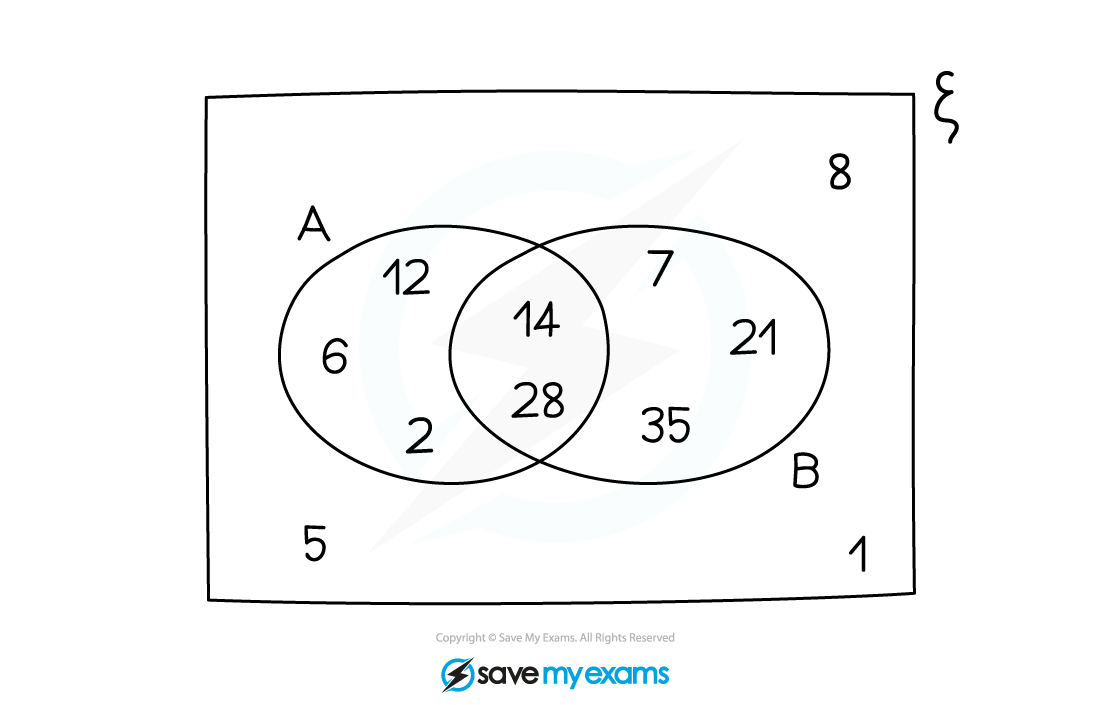Conditional Probability (Cambridge (CIE) IGCSE Maths): Revision Note
Exam code: 0580 & 0980
Did this video help you?
Conditional Probability
What is a conditional probability?
A conditional probability is the probability of something happening (A) given that something else has already happened (B)
Examiner Tips and Tricks
Conditional probability can be written using formal notation.
The notation describes the probability of event A occurring, given that event B has already occurred.
Note that you are not expected to know this notation for the exam, but you are expected to be able to calculate conditional probabilities using Venn diagrams, tree diagrams or tables.
How do I calculate conditional probabilities?
Conditional probabilities must be out of a smaller restricted set of outcomes (not out of all possible events)
For example, if a computer randomly selects a digit from 1, 2, 3, 4, 5, 6, 7, 8, 9
P(it selects a multiple of three) =
This is not a conditional probability
There are 3 possibilities (3, 6, 9) out of all 9 possibilities
However, if you program the computer to only select from even numbers, then
P(it selects a multiple of three given that it selects an even number) =
1 possibility (6) out of only 4 possibilities (2, 4, 6, 8)
This is a conditional probability
Examiner Tips and Tricks
Look out for conditional probability questions within larger questions on two-way tables, Venn diagrams or tree diagrams
They often use the phrase given that
Worked Example
A Venn diagram is shown below.
A number is picked at random.
Find the probability that the number is in set given that it is in set
.

Answer:
Given that B has already happened, your probability will be out of number of numbers in B
Out of the 5 numbers in B, 2 of them are in A
Write as a fraction

Unlock more, it's free!
Did this page help you?